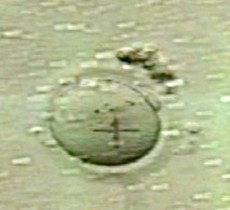Intrauterine insemination (IUI) is an office procedure that attempts to improve upon this process. The concept is that, by placing sperm directly into the uterus, a greater number are available and in closer proximity to the egg. The end result: fertilization and pregnancy are more likely to occur.
indications
IUI is recommended as a fertility therapy in a number of different situations. For couples with a known male factor (one or more abnormalities on semen analysis), IUI heightens the chance of pregnancy by concentrating the best sperm closer to the egg. IUI is also frequently employed in conjunction with superovulation in couples with unexplained infertility. Finally, donor sperm link can be used in situations where husband semen quality is extremely poor or for women without a male partner.
clinical protocol
-
Step 1. Semen Collection and Preparation
-
The first step in the IUI procedure is the collection of ejaculated semen by masturbation. For your convenience, we offer an on-site collection room at the Napa Valley Fertility Center. The specimen is then processed in our andrology laboratory to separate the sperm cells from the fluid component of the semen. This is known as “sperm washing”. The sperm, now concentrated into a pellet, are loaded into an insemination catheter (a thin, plastic tube) and stored in the incubator until ready for use in Step 2.
-
Step 2. Insemination Procedure
-
The female recipient is prepared for a pelvic examination and a speculum is inserted into the vagina to visualize the cervix (the opening to the uterus). The catheter (containing the isolated sperm) is passed through the cervix and directed towards the top of the uterus. Sperm are then slowly deposited in the upper region of the uterus and the catheter is withdrawn. A typical procedure takes only a few minutes and is followed by a short period of supine rest.
risks and complications
Complications of IUI are uncommon. Some women experience cramping during the procedure but this is usually mild and transient. Rarely, infection from the IUI procedure can result and, for this reason, it is important that you obtain screening tests for occult pelvic infections (venereal disease) prior to starting therapy.
For more information about our intrauterine insemination procedure, please contact us at 707.259.1955 or info@napavalleyfertility.com.


